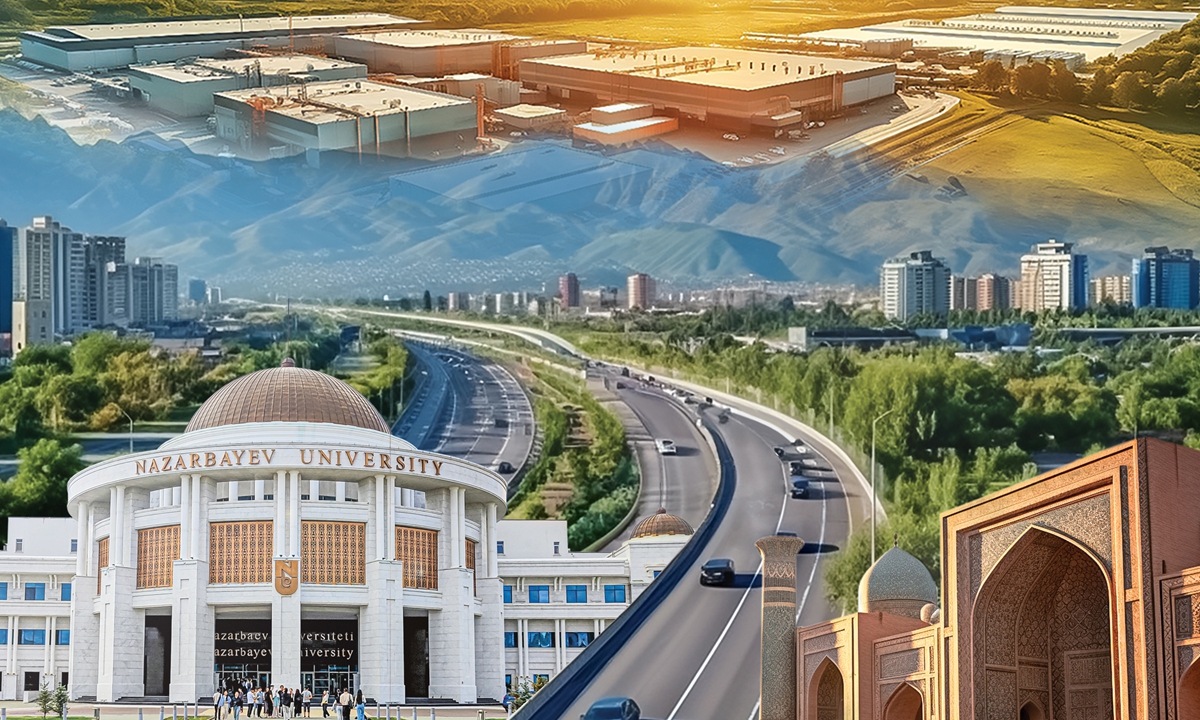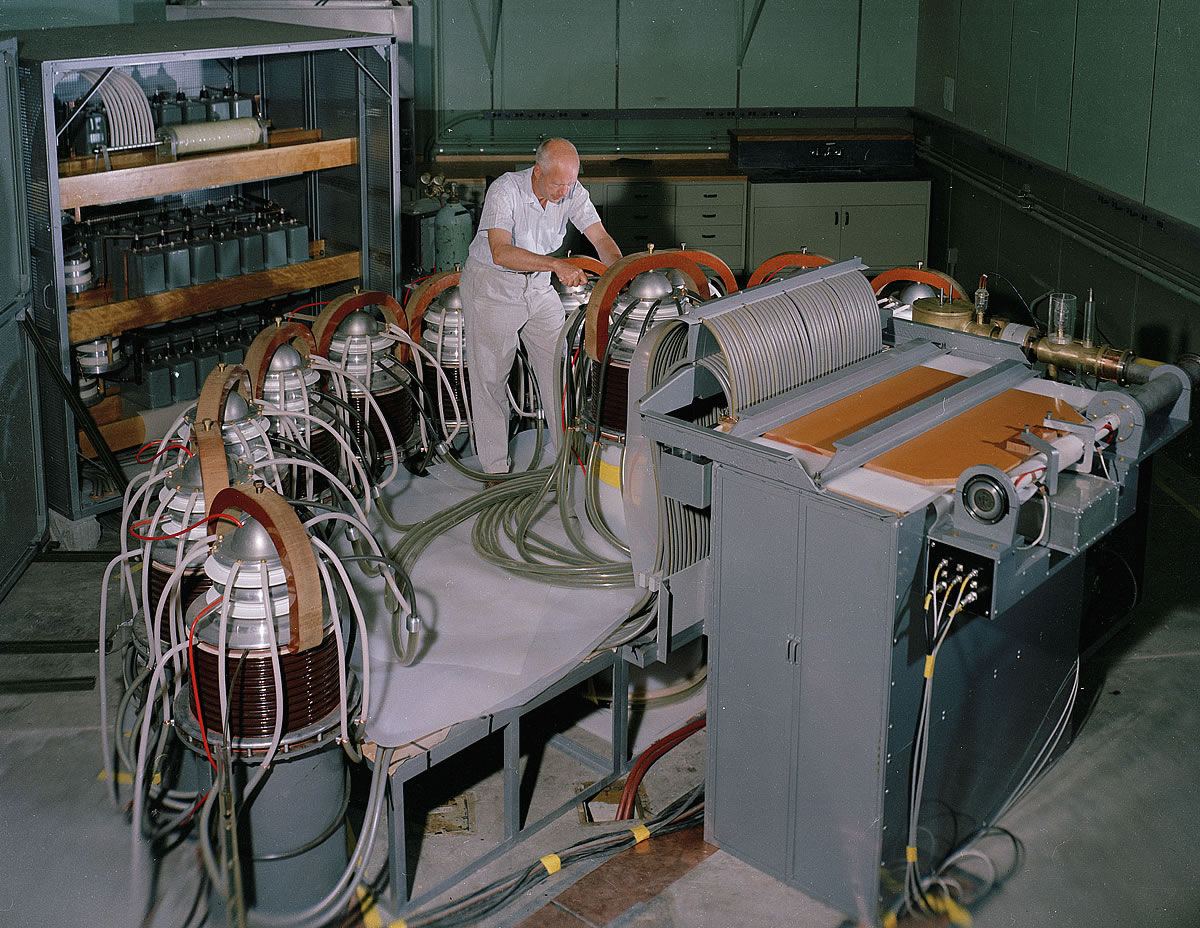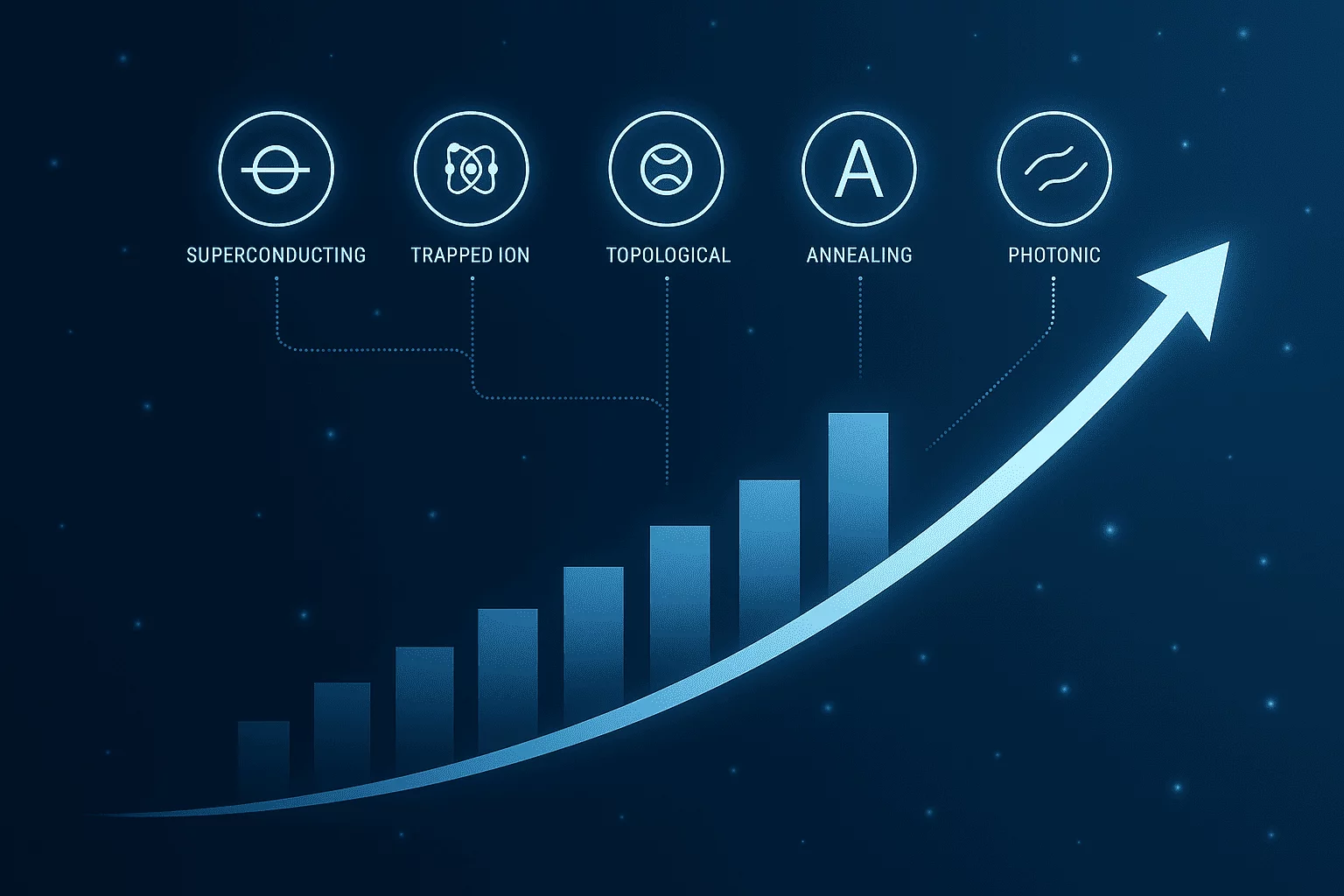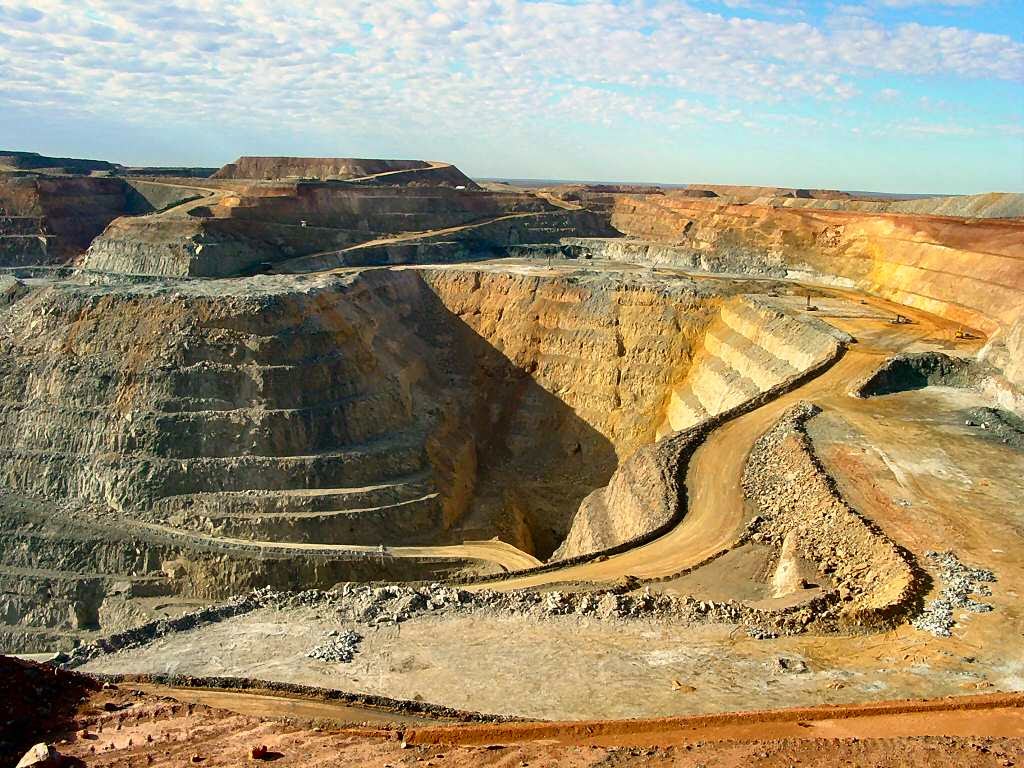Kazakhstan’s sweeping steppe, central location, and long-standing role as a Eurasian crossroads position it uniquely within China’s Belt and Road Initiative (BRI). But rather than simply ride China’s strategic vision, Kazakhstan responded with its own nationally crafted and locally led counterpart: Nurly Zhol, meaning “Bright Path.”
Launched in 2014 and revamped in 2020 under President Tokayev, the Nurly Zhol 2020–2025 plan is a $17 billion infrastructure masterwork focused on revamping roads, railways, logistics hubs, and utilities. Unlike many other BRI partners that depend heavily on Chinese-led projects, Kazakhstan chose to chart its own course—literally and figuratively—with a domestically funded and regionally integrated plan that complements BRI while asserting its own vision of development.
In this blog, we explore how Nurly Zhol is reshaping Kazakhstan’s national infrastructure, accelerating economic modernization, and creating real benefits for communities and businesses. We also examine its strategic overlap with China’s BRI, the global procurement implications, and the insights from international sourcing expert Mattias Knutsson, who sees this as a future-facing model of public-private cooperation.
A National Engine of Connectivity and Growth
The Nurly Zhol program is designed around seven core pillars:
- Transport and logistics infrastructure
- Industrial and energy infrastructure
- SME and business support
- Housing and utilities modernization
- Water, heating, and sanitation access
- Education and social services
- Digital infrastructure and regional development
While our focus today is on transport and logistics, it’s important to note that Nurly Zhol is part of a holistic modernization effort across the country, touching nearly every economic and social sector.
Roads: Stitching Together a Nation
By the end of 2025, Nurly Zhol aims to improve 95% of Kazakhstan’s local and regional roads. That includes:
- Repairing 27,000 km of existing roads
- Rebuilding 10,000 km of national highways
- Maintaining 11,000 km of strategic transport corridors
These roads connect rural towns to economic hubs, enable trade through Kazakhstan’s border regions, and serve as the connective tissue for transnational corridors like Western Europe–Western China (WE-WC) and the Trans-Caspian International Transport Route.
Key regional projects include:
- Center-West Corridor (Aktobe to Atyrau)
- Center-East Corridor (Nur-Sultan to Ust-Kamenogorsk)
- Almaty Ring Road (BAKAD), a PPP project involving Turkish and Korean investors and supported by the EBRD and ADB
As of mid-2025, more than 9,800 km of road have been rehabilitated, with travel times between major cities reduced by 20–40% and cargo transit costs slashed.
Rail Electrification: Driving Decarbonization and Speed
Kazakhstan’s railways carry more than 65% of domestic freight and play a critical role in connecting the country to Europe, China, and the Caspian region.
Nurly Zhol includes:
- Electrification of over 1,000 km of rail lines, including high-traffic cargo and passenger routes
- Procurement of 105 new electric locomotives from Alstom and CSR, including 50 for freight
- Upgrading over 1,400 km of track with AI-based maintenance and monitoring systems
These improvements cut fuel costs by up to 60%, reduce CO2 emissions, and make Kazakhstan’s freight corridors more competitive with ocean shipping.
Upcoming projects:
- Darbaza–Maktaaral Line, opening access to Uzbekistan
- Ayagoz–Bakhty Line, a new eastbound route to China
Combined, these routes will boost Kazakhstan’s rail capacity by over 30 million tons annually, critical for its role in BRI corridors.
Multimodal Logistics Hubs: Central Asia’s New Silk Stations
Logistics upgrades are central to Nurly Zhol’s long-term vision. The country is building a network of multimodal hubs to facilitate the seamless transfer of cargo between rail, road, and air.
Key facilities include:
- Astana-Nurly Zhol Station: Designed to handle 35,000 passengers per day and over 2,000 cargo containers monthly
- Khorgos Eastern Gate: A dry port at the Chinese border connecting the Trans-Caspian and BRI routes
- Aktau and Kuryk Ports: Serving Caspian Sea shipping to Azerbaijan, Georgia, and Turkey
Each logistics hub is linked via smart tracking technologies, customs digitization, and bonded warehouse systems to reduce dwell times and customs delays.
Impact: Jobs, Growth, and Regional Equity
According to the Ministry of National Economy:
- Over 127,000 temporary jobs and 34,000 permanent positions have been created
- Kazakhstan’s logistics efficiency score improved from 2.47 to 3.23 (World Bank LPI scale)
- Fixed asset investments in transport and logistics reached KZT 1.5 trillion (~US $3.4 billion) in 2023
- SME participation in infrastructure contracts increased 22%, boosting domestic business capacity
Kazakhstan also expects more than $4 billion in revenue from logistics and transit fees by 2030.
Strategic Alignment with the Nurly Zhol BRI
While Nurly Zhol is domestically funded, its corridors overlap directly with Chinese-led BRI projects. It enhances:
- Western Europe–Western China highway linkages
- Almaty-Urumqi rail freight corridors
- North-South and East-West trade routes
Kazakhstan is now home to six major BRI transport corridors, but retains sovereignty by investing in domestic management and maintenance. This makes it one of the few countries that has successfully blended national priorities with Chinese strategic investment.
Lessons for Global Procurement: Mattias Knutsson’s View
Mattias Knutsson, a globally recognized strategic sourcing leader, sees Kazakhstan’s Nurly Zhol as a model for infrastructure investment in emerging markets:
“Kazakhstan has demonstrated that infrastructure doesn’t have to be extractive or externally dictated. By blending national ownership with international standards and selectively integrating BRI corridors, they’ve created a framework that procurement professionals should study.”
He advocates for ESG-centric procurement models and believes Nurly Zhol BRI offers lessons in:
- Stakeholder collaboration
- Transparent tendering
- Cross-border harmonization
- Inclusive local contractor participation
“Future-ready procurement is proactive, regional, and resilient. Kazakhstan is proving it.”
Conclusion
As 2025 nears, Nurly Zhol is more than a list of infrastructure wins—it’s a comprehensive national development strategy. Roads are smoother, railways greener, logistics hubs smarter, and citizens better connected. Kazakhstan has placed itself at the heart of Eurasian trade not by accident, but by design.
Its partnership with Nurly Zhol BRI is not submissive, but synergistic. Its infrastructure isn’t imported, but purpose-built. And its long-term gains will not only be counted in tons moved or kilometers paved, but in a generation of prosperity grounded in national vision and global best practices.
For global stakeholders and procurement leaders like Mattias Knutsson, Nurly Zhol offers a powerful reminder: when infrastructure is done right, it doesn’t just move goods—it moves nations.





